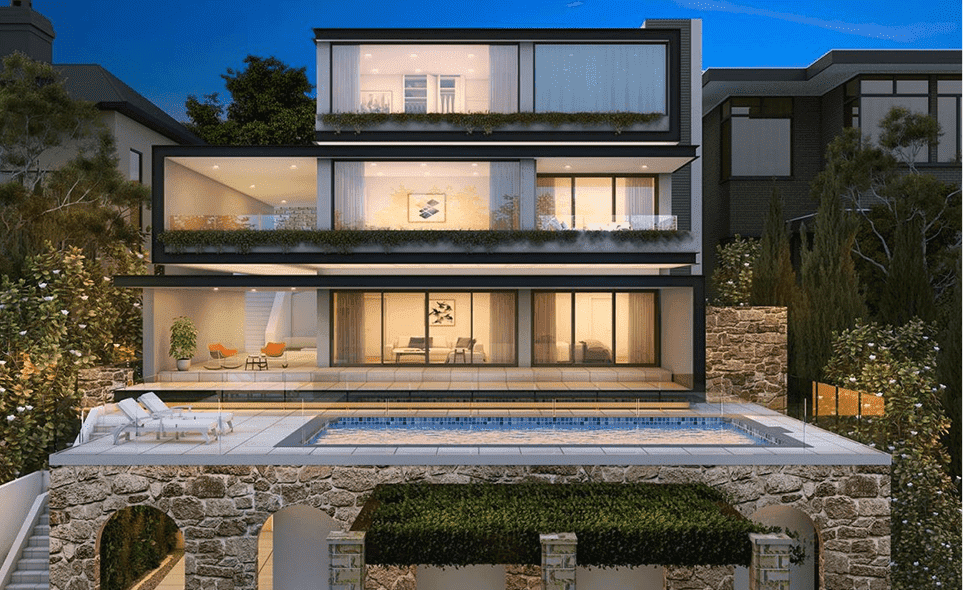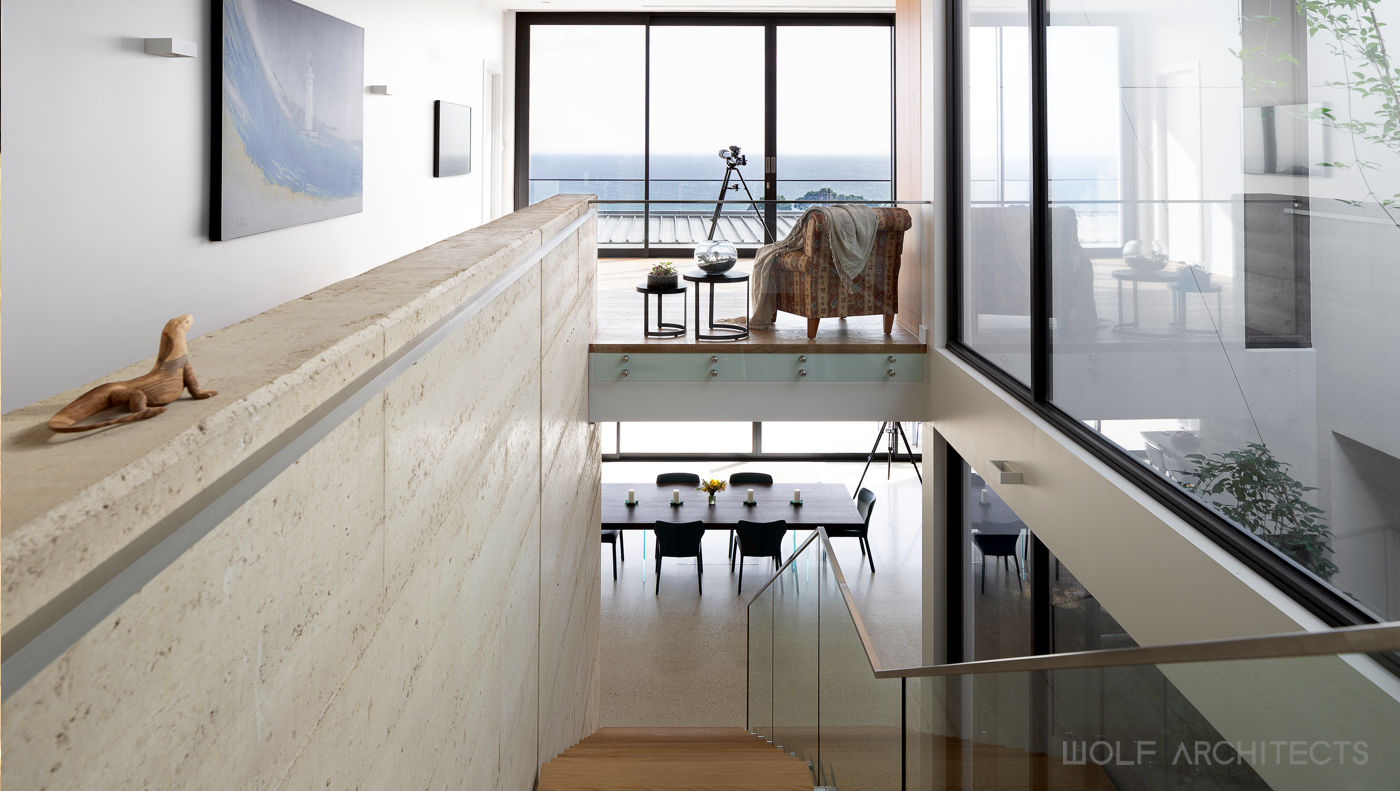Residential House Architect: Creating Unique Homes with Attention to Detail
Residential House Architect: Creating Unique Homes with Attention to Detail
Blog Article
Top Fads in Residential Architecture You Should Understand About
As household design remains to progress, a number of compelling trends are shaping the way we make and populate our living rooms. Key growths such as lasting building practices, the assimilation of clever home innovation, and the rise of modular homes emphasize a significant shift in the direction of both capability and environmental obligation. In addition, ideas like open strategy living and biophilic style are redefining our communication with space and nature. Comprehending these fads not only informs design selections however also discloses wider implications for way of living and neighborhood - residential house architect. What might these technologies indicate for the future of property living?
Lasting Structure Practices
An increasing variety of residential jobs are accepting sustainable building practices, driven by a growing recognition of environmental influence and energy efficiency. This shift is identified by the assimilation of eco-friendly materials, energy-efficient designs, and cutting-edge building techniques. Building contractors and house owners are significantly prioritizing the use of renewable resources, such as bamboo and recycled steels, which not just reduce the carbon footprint but additionally improve the durability and visual appeal of buildings.
Including energy-efficient systems is an additional critical aspect of sustainable structure - residential house architect. Functions such as high-performance insulation, energy-efficient home windows, and solar panels are becoming criterion in new residential styles. These elements not only contribute to reduced power usage yet also offer substantial long-term financial savings for property owners
Moreover, the design of sustainable homes often highlights all-natural light and ventilation, decreasing the dependence on fabricated illumination and climate control systems. Landscaping practices, such as xeriscaping, further advertise sustainability by lessening water use.
As the demand for lasting living remedies continues to increase, the household architecture industry is poised to adjust and innovate, ensuring that future homes are not just ecologically responsible however practical and additionally comfy for their owners. - residential house architect
Smart Home Modern Technology
Smart home innovation is revolutionizing the means house owners engage with their home, enhancing benefit, protection, and power administration. This cutting-edge approach integrates various gadgets and systems, permitting individuals to manage their homes remotely or with automated procedures. Central to this fad is the use of smart tools such as thermostats, lights, protection electronic cameras, and appliances, all linked via the Net of Points (IoT)
One of the most attractive features of smart home technology is the capability to personalize settings for optimal power performance. Property owners can check energy use and adjust air conditioning, lights, and home heating based on their regimens, substantially decreasing energy costs. Advanced safety and security systems geared up with wise locks and security cameras supply tranquility of mind, enabling remote monitoring and informs to prospective safety and security breaches.
Combination with voice-activated assistants enhances user experience, enabling homeowners to manage tools with easy voice commands. As modern technology remains to advance, the potential for wise home systems to boost lifestyle expands, making them a vital factor to consider in modern property architecture. Eventually, clever home innovation is not simply a fad however an essential shift towards extra intelligent living environments.
Open Principle Living
Open up idea living has become a specifying attribute in modern domestic architecture, identified by the elimination of have a peek here typical barriers in between spaces. This design approach promotes fluidness and connectivity within the home, enabling a smooth shift in between locations such as the cooking area, eating, and living spaces. By eliminating wall surfaces and dividings, open principle formats create a feeling of space, fostering an inviting environment that improves social interaction.

Moreover, this technique to residential design aligns with minimalism, concentrating on functional simpleness and visual coherence. House owners value the versatility of these designs, which can be conveniently adapted to show personal design via furniture plan and design. As open idea living remains to gain traction, it continues to be a testimony to advancing family members dynamics and the desire for homes that improve link and convenience.
Biophilic Style
Biophilic layout has ended up being progressively considerable in property style, emphasizing the intrinsic connection in between humans and nature. This style ideology seeks to integrate natural environments right into living rooms, therefore fostering a sense of well-being and boosting the top quality of life for occupants. By incorporating functions such as natural light, vegetation, and organic products, biophilic layout advertises a harmonious connection between indoor atmospheres and the environment.
Secret components of biophilic style include big windows that supply unhampered views of outdoor landscapes, living walls that introduce greenery right into interiors, and open flooring strategies that urge air movement and all-natural light infiltration. Water features, both inside and outside the home, serve to create comforting ambiences and enhance sensory experiences.
In addition, making use of lasting materials not only supports environmental stewardship but also contributes to much healthier interior air high quality. As recognition of ecological problems increases, homeowners are increasingly focusing on styles that show their connection to nature. In significance, biophilic design not just elevates visual charm however also addresses psychological and mental needs, making it a vital trend in contemporary residential style.
Modular and Prefab Homes

Additionally, prefab and modular homes are designed with sustainability in mind. Lots of suppliers make use of green products and energy-efficient systems, such as photovoltaic panels and advanced insulation methods, adding to reduced energy intake and reduced energy bills for homeowners. The adaptability of layout choices enables for customization, dealing with varied visual preferences and functional needs.
As the demand for economical housing proceeds to increase, modular and prefab homes present a feasible service, addressing both financial and environmental challenges. Areas are progressively acknowledging the possibility of these structures, incorporating them into rural and city setups. In general, the trend towards modular and prefab homes indicates a shift towards extra lasting, effective, and versatile living atmospheres, making them a pivotal element of modern residential style.
Verdict
Sustainable building practices and wise home technologies enhance efficiency and convenience, while open concept living and biophilic layout foster social communication and a link to nature. The surge of modular and prefab homes provides customizable and economical services, reflecting a broader change towards useful and liable living.
Secret advancements such as sustainable structure techniques, the integration of smart home modern technology, and the surge of modular homes highlight a considerable shift in the direction of both capability and environmental duty.The increase of modular and prefab homes has changed the domestic architecture landscape, offering innovative solutions for reliable and sustainable living.Moreover, prefab and modular homes are developed with sustainability in mind. Overall, the pattern towards modular and prefab homes indicates a change toward a lot more sustainable, reliable, and versatile living settings, making them a critical aspect of modern residential style.
Sustainable structure methods and wise home technologies improve efficiency and comfort, while open concept living and biophilic layout foster social communication More hints and a link to nature.
Report this page